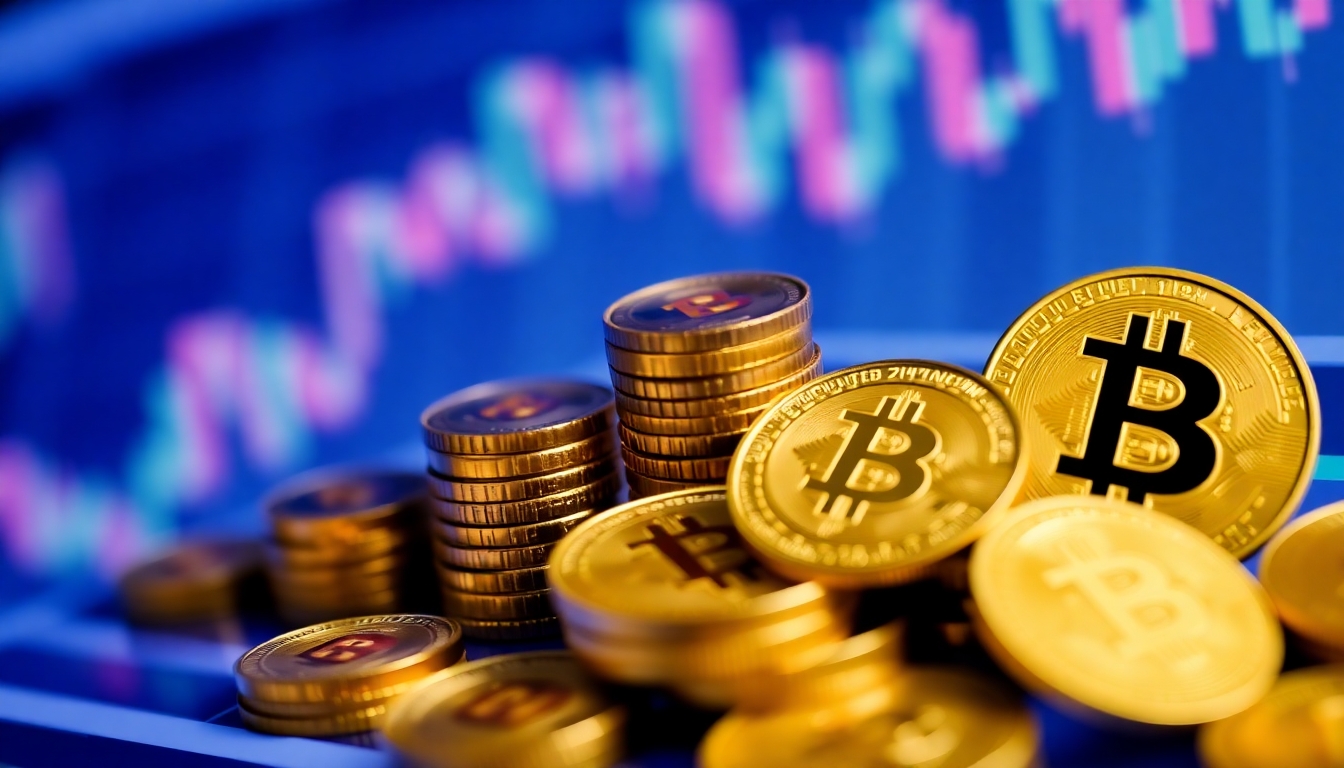The Automation Paradox: How Forex Trading Bots Amplify Human Psychological Biases

Trading floors once buzzed with human voices. Now algorithms dominate currency markets.
Automated forex trading has exploded in popularity. Retail traders using bots jumped 340% in 2025 alone.
The promise sounds compelling. Remove human emotion from trading decisions. Let computers handle the stress.
But something unexpected is happening. Marketing specialists working with fintech companies, including Lead-Craft, report a troubling trend. Traders using automated systems often make worse decisions than before.
The robots aren’t eliminating bias. They’re amplifying it.
The False Security of Algorithmic Trading
When Automation Breeds Overconfidence
Sarah Chen started using trading bots six months ago. The 34-year-old accountant from Seattle thought algorithms would solve her emotional trading problems.
“I was terrible at manual trading,” she admits. “Every loss made me angry. I’d make bigger bets to get even.”
Now she faces a different problem. The bot gives her false confidence.
Chen spends hours tweaking parameters. She adjusts entry signals. She modifies risk ratios. She tests dozens of configurations.
This complexity creates an illusion. Chen believes she controls market outcomes. She doesn’t.
Research shows most retail trading bots underperform simple strategies. Yet users remain convinced they’ve found superior methods.
The problem starts with bot marketing. Developers showcase their best performing strategies. They hide the failures.
Traders see inflated success rates. They interpret these as validation of their analytical skills.
The Customization Trap
Modern trading bots offer extensive customization options:
- Entry and exit signal thresholds
- Risk management ratios
- Market condition filters
- Technical indicator combinations
- Stop-loss optimization methods
This control feels empowering. Users believe more options equal better results.
The opposite often occurs. Increased complexity leads to overfitting. Strategies work perfectly on historical data. They fail in live markets.
Manual traders feel every loss immediately. The emotional pain provides natural stopping points.
Bot users become numb to losses. The distance from individual trades removes protective instincts.
Emotional Displacement in Bot Management
When Psychology Redirects Rather Than Disappears
Trading bots don’t eliminate emotions. They redirect them.
Meet James Rodriguez, a construction manager from Phoenix. He switched to automated trading after losing $15,000 in manual trades.
“I thought the bot would keep me disciplined,” Rodriguez explains. “Instead, I just became obsessed with the settings.”
Rodriguez checks his bot multiple times daily. He adjusts parameters based on recent market moves. He switches strategies after brief losing streaks.
This behavior mirrors his old manual trading patterns. The impulsiveness remains. It just targets different decisions.
The FOMO Factor
Fear of missing out plagues bot users differently than manual traders. They don’t fear missing individual trades. They fear missing better algorithms.
Social media amplifies this problem. Trading groups share screenshots of exceptional bot performance. They hide typical results.
Users abandon working strategies after seeing neighbors’ temporary successes. They chase the latest trending algorithm.
Bot Anthropomorphization
Traders develop emotional relationships with their software. They describe bots using human characteristics.
“My scalping bot is aggressive,” says one user. “The swing trading bot is more conservative.”
These perceived personalities influence which algorithms traders trust. Logic takes a backseat to emotional comfort.
Revenge trading psychology transfers to bot management. After losing streaks, users implement “revenge configurations.” They increase position sizes. They reduce stop-losses.
The same dangerous impulses persist. They just operate through different mechanisms.
According to Forbes, automated system users switch strategies 60% more frequently than manual traders. The psychology redirects rather than disappears.
The Backtesting Deception
When Historical Data Misleads
Backtesting represents one of automated trading’s biggest psychological traps. The ability to test strategies on historical data sounds scientific. It often produces dangerous overconfidence.
Dr. Michael Park, a behavioral finance researcher, explains the problem. “Traders unconsciously incorporate future knowledge when evaluating past performance.”
This hindsight bias makes strategies appear more predictive than they actually are.
The Curve Fitting Problem
Users continuously adjust parameters until historical results look impressive. This process, called curve fitting, creates strategies perfectly tailored to past market conditions.
These over-optimized systems typically fail when market dynamics change.
The psychological satisfaction of perfect backtests overwhelms logical concerns about overfitting. Traders prefer complex strategies that fit historical data rather than simple, robust approaches.
Backtesting tools often ignore realistic costs. They exclude slippage, spreads, and execution delays. Results look better than achievable outcomes.
Users develop unrealistic expectations. When live performance disappoints, they blame execution rather than flawed strategy design.
Social Proof in Algorithm Selection
Following the Crowd Digitally
Trading bot communities function as modern-day herd behavior amplifiers. Popular algorithms receive disproportionate adoption regardless of actual merit.
The Telegram channel “FX Bot Masters” has 12,000 members. Users constantly share strategy results. Positive outcomes get celebrated. Losses get quietly ignored.
This selective sharing creates false impressions about typical performance ranges.
The Signal Copying Phenomenon
Signal copying services allow complete delegation of trading decisions. Users can automatically copy successful traders’ algorithm choices.
This appeals to those wanting market participation without responsibility. They maintain illusions of active involvement while remaining completely passive.
When copied strategies succeed, users credit their selection skills. When they fail, users blame the original trader.
Community Pressure Dynamics
Bot communities create competitive environments. Members compete over performance metrics. They encourage increasingly risky behavior.
Subscription psychology adds another layer. Monthly bot fees create sunk costs. Users continue paying for underperforming systems rather than admitting selection mistakes.
Research found community participants average 45% higher drawdowns. Social proof encourages excessive risk-taking.
The Reality Check
What Actually Works
Successful automated trading requires acknowledging human limitations. Technology can’t fix psychological problems it doesn’t address.
Effective bot users follow strict rules:
- Set predetermined strategy evaluation periods
- Avoid frequent parameter changes
- Maintain realistic performance expectations
- Focus on risk management over profit optimization
The most successful traders treat bots as tools, not solutions. They recognize that human psychology remains the primary challenge.
FAQ
Do trading bots eliminate emotional decision-making?
No, they redirect emotions into algorithm selection and management rather than eliminating psychological biases.
Why do many traders perform worse with bots?
Automation increases overconfidence while creating new psychological traps around optimization and social comparison.
How does backtesting create false expectations?
Historical testing suffers from hindsight bias and overfitting that makes strategies appear more effective than reality.
What role does social media play in bot trading?
Trading communities amplify poor decisions through selective result sharing and competitive pressure dynamics.
How can traders use bots more effectively?
Set strict evaluation rules, avoid frequent changes, and maintain realistic expectations based on long-term evidence.

